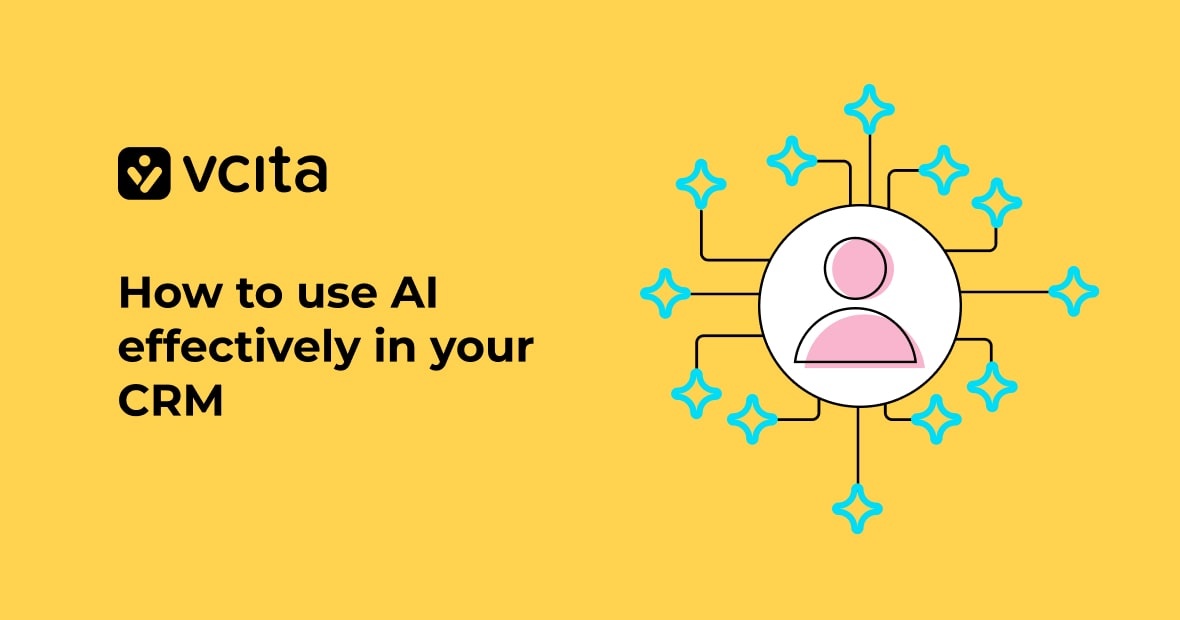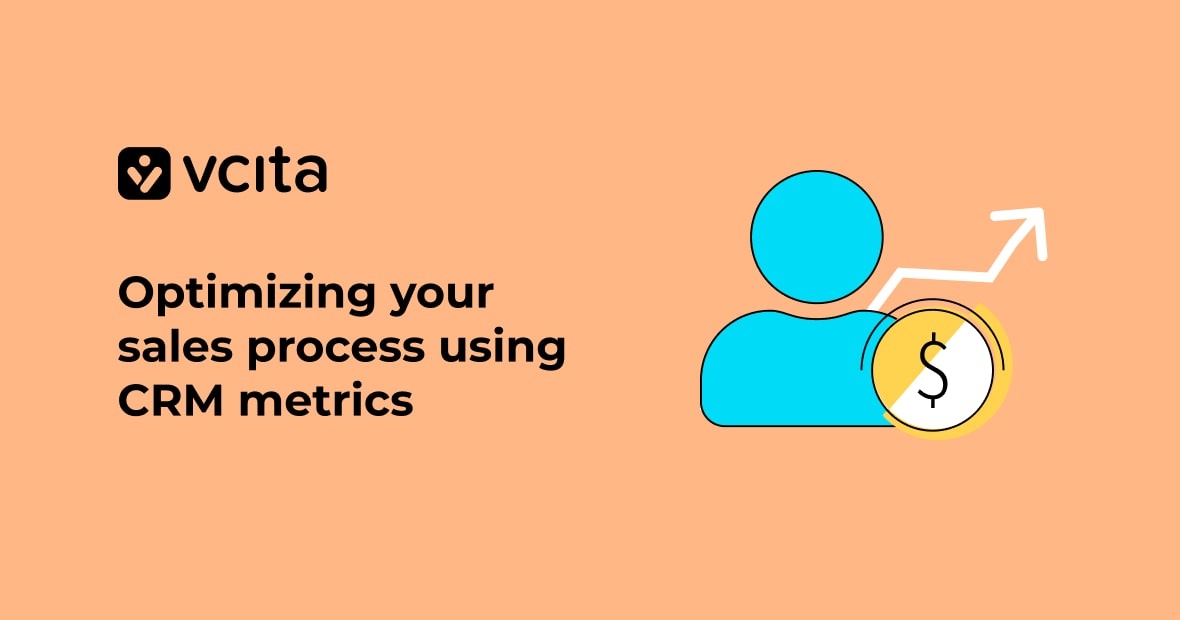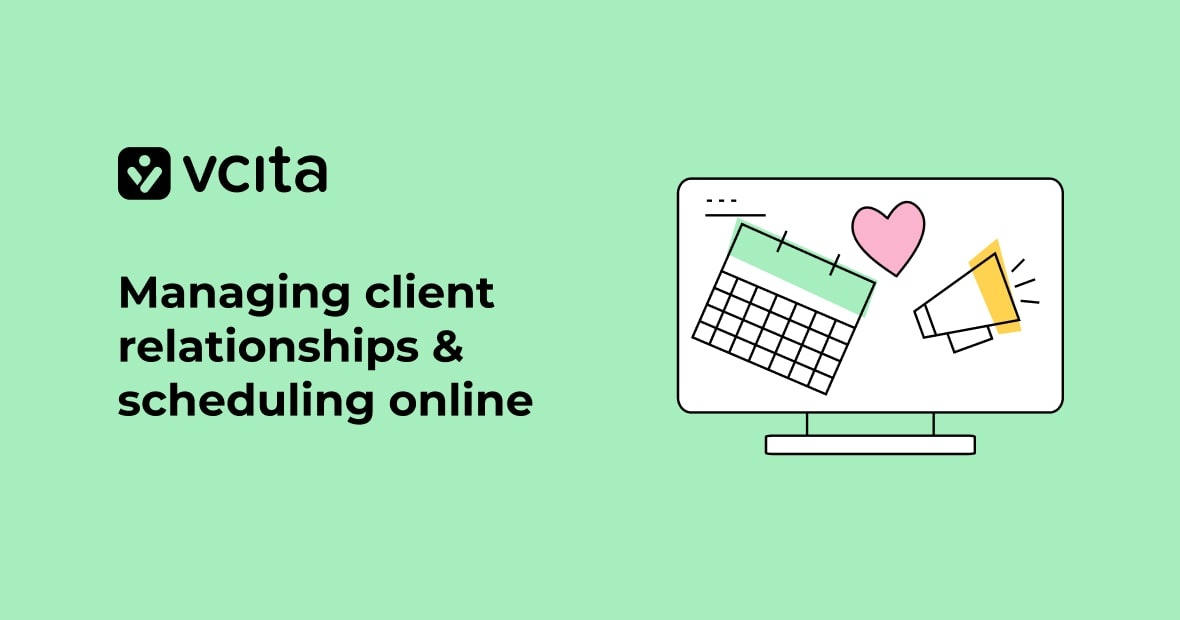If you’re looking for a customer relationship management (CRM) software that’ll set your business up for success, but are getting baffled with common buzzwords used in the industry – we’ve got you covered.
The sooner you learn the common CRM terms, the sooner you can start working your way through the jargon and coming up with strategies on how to draw in new customers while keeping the old ones happy and loyal.
So, here’s our rundown of top CRM terms and their explanations.
1. 360-degree customer view
In theory, a 360-degree customer view is a somewhat idealistic customer-centric business concept that encompasses all steps of a customer’s journey and experience with a specific company. It’s a comprehensive view of all hard and soft data a company has collected about its customers through their interactions across a whole variety of communication channels and other sources of business-critical information.
2. Accounts
These are individual or collective records for each potential or existing customer, company, or other sorts of organizations a company has a business relationship with. They often contain pieces of personal information such as names, addresses, phone numbers, and other account data.
3. Account management software
This tool is created to keep things simple for the sales team and it does that by organizing customers’ information, scheduling tasks, and managing sales in a more efficient way. It will give you a bird’s-eye view of the company’s contacts, complex sales processes, and tasks – all in one place.
4. Ad-hoc reporting
Given that “ad hoc” means “when necessary”, ad-hoc reporting refers to reports created upon a specific request related to a one-time situation. They vary when it comes to complexity and are often created swiftly and off the cuff.
5. Administrator
Alternatively referred to as an “admin”, an administrator is a person in a company’s personnel that is in charge of administration – they have access to all data, all user accounts, features, and functionalities inside a certain CRM software. To put it simply, their job is to bridge the gap between their team, their CRM solution, and its users.
6. Analytics
This is a process of finding, interpreting, and communicating important patterns in data with an aim to give users deeper insight into the inner workings of a business. Combined with a CRM solution, analytics can help you reach the right business decisions, acquire and retain customers, come up with marvelous marketing strategies, and much more.
7. API
Short for application program interface, API is a software intermediary that allows two applications to communicate with each other enabling developers to customize software or integrate it with other solutions.
8. AI
AI stands for artificial intelligence and it refers to the ability of computer systems to perform tasks that otherwise require human intelligence. AI allows CRM systems to take a deeper dive into modern customer decision-making journeys and identify opportunities or needs for changes.
9. Automation
The act of putting tasks on autopilot in order to streamline processes, reduce human error, and boost productivity.
10. BI
Business Intelligence, or BI for short, is a set of tools geared toward executives, managers, and analysts which enable them to make better-informed business moves. This tech toolkit is commonly composed of reports, key performance indicators (KPIs), dashboards, and other advanced analytics tools.
11. Campaigns
Also called a marketing campaign, this pre-planned process starts with a marketing strategy and consists of a series of marketing efforts such as email marketing, blog posts, social media marketing, paid online ads, events, influencer marketing, and so forth.
12. Cases
In the context of CRM, cases are records of detailed descriptions of all issues that have been raised by customers that are to be addressed as soon as possible. These can be serious technical problems, but also something as simple as quick questions, concerns, or special requests.
13. CRM Software
Sometimes also called a CRM platform, a CRM system, or a CRM solution, this data-driven software offers a set of tools used to keep tabs on existing customers while providing ways for winning over new customers. In short, it enables businesses to efficiently manage relationships with customers, helping them to get booming.
14. Customer Experience
CX for short, customer experience reflects the relationship between a company and its customers. It’s an impression your customers (both existing and potential) get after interaction with your company, its employees, products, or brand.
15. Customer Journey
First, a customer journey is not the same as customer experience but it is a sum of all experiences a customer had with the company starting with the first contact and sign-up to purchase and post-sale processes such as building customer loyalty. In simple terms, a customer journey is the lifecycle of a customer.
16. Custom code
While custom code comes in many shapes and sizes, it always allows developers to add code in order to customize CRM software. Since this type of software often comes as an out-of-the-box solution, with a custom code it can be tailored to meet your business needs without much trouble.
17. Dashboards
Sometimes also called an IT dashboard, this is a single-screen, visual presentation of all of your data which is displayed to provide a short overview of all relevant, real-time information. Within CRM software, a dashboard is located on its landing page and includes charts, graphs, KPIs, leads, sales pipelines, recent and upcoming activities, and much more.
18. Data privacy and protection
Data privacy and protection are sets of policies made to safeguard sensitive data and ensure proper handling of personal information in compliance with international data security standards.
19. Leads
A lead is any potential customer who has indicated their interest in a product or service provided by your company or in your company itself. Likewise, a dead lead is a former lead that has lost interest in your services before getting to the final stage of the sales pipeline.
20. Pipeline
Also known as a sales pipeline, it acts as a company’s storage for all active sales leads across multiple stages of the sales process. More often than not, these leads are ranked from the lowest to the highest probability of closing a sale.
21. Segmentation
This is a method of grouping your contacts into separate categories based on criteria such as their purchasing patterns, geography, and demographics. Segmentation utilizes the RFM (recency, frequency, monetary) data analysis method to separate its contacts.
22. SLA
A service-level agreement (or SLA) is a contract type that takes place between a customer and a company that provides them with services, specifying the level of service expected to be received by the customer.
23. Third-party integrations
CRM integrations are seamless connections between your CRM software and any number of third-party applications.
24. UI
As the term somewhat suggests, a UI or user interface is a space where a user faces software and interacts with it to complete certain tasks. It sums up a software’s overall design and showcases its approach to users – preferably, this approach is user-friendly.
25. Workflow
A workflow can be defined as a collection or series of steps that must be followed to complete a specific business process such as closing a sale, handling a customer complaint, or completing an email marketing campaign. With a sequential workflow, as one step is complete the other one will start, while with a parallel workflow multiple steps can be made at the same time.




























